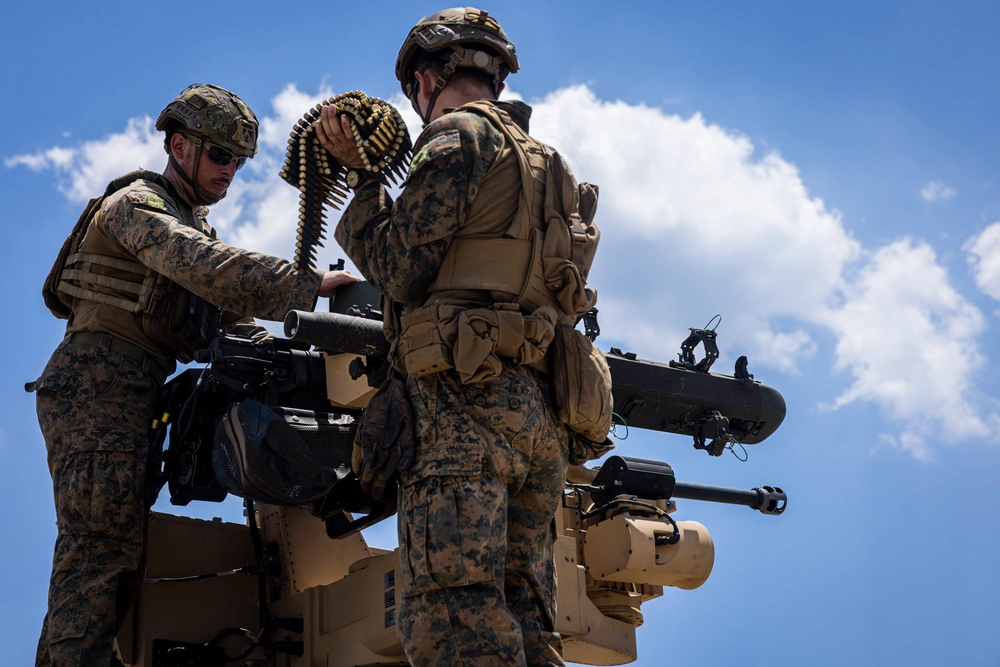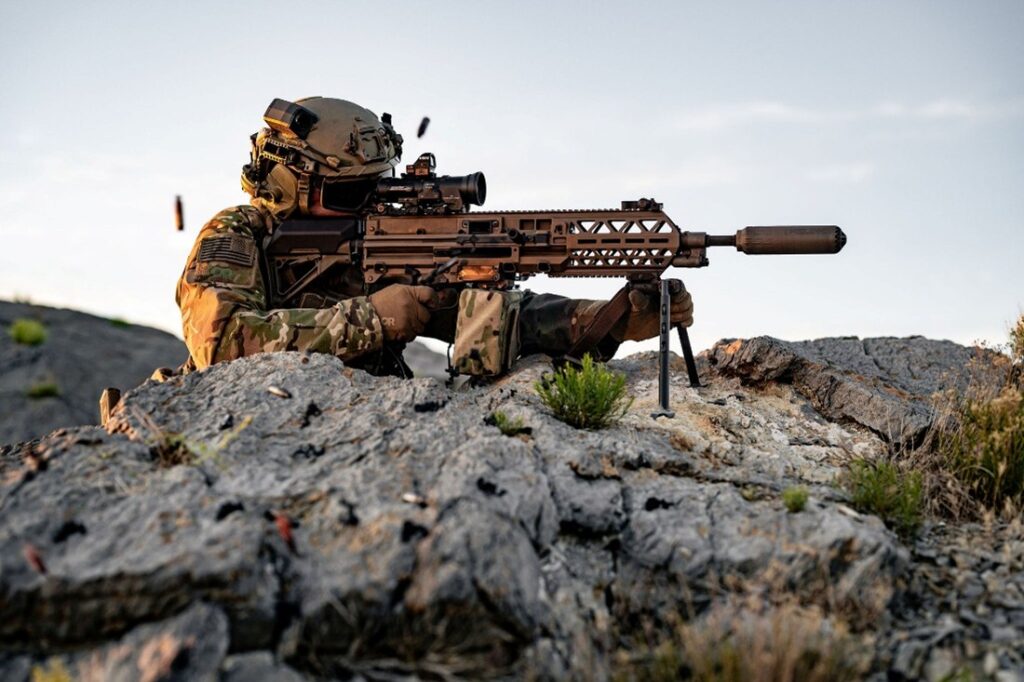Marine Corps has always been small and adaptable to whatever situation comes its way. With the rise of the Marine littoral battalions, the Corps is going back to doing more with less, but making sure that less never feels like less.
A littoral battalion isn’t a guerilla force, but it shares some traits with one: it’s small, mobile, highly flexible, and often positioned far away from the burden of enterprising officers. For a force like this to be effective and thrive it has to rely on the latest and greatest technology including advanced air defense.
Air defense technology has taken a leap forward in mobility and capability with the Marine Corps MADIS system. MADIS, or Marine Air Defense Integrated System, is the Marine Corps new push to modernize ground -based air defense. This system combines existing and new technologies with mobile platforms to provide air defense against a variety of threats.
Adjusting to modern air threats
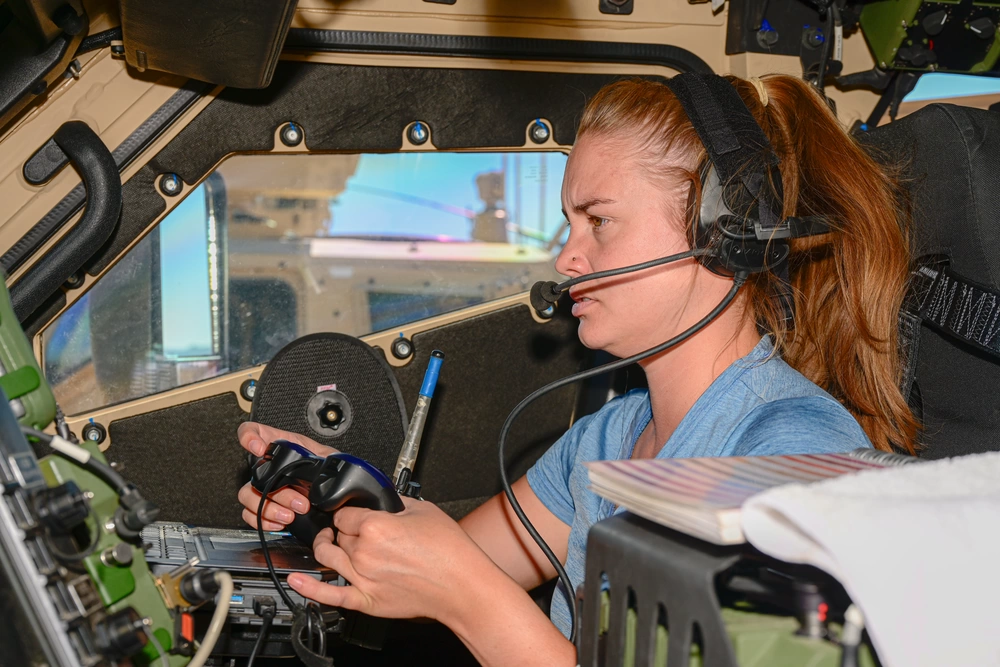
In the mid-2000s, during the Global War on Terror, the USMC ditched the Avenger Systems which were surface-to-air missiles mounted to HMMWVs. At the time, the Corps didn’t face any serious air threats and it made sense to focus on other weapon platforms. However, as the Marine Corps prepares for a potential island hopping conflict with littoral battalions highly mobile anti-air systems will be again needed by ground forces.
Air based threats have changed. Fixed and rotary wing assets are still a threat, but now drones have also entered the picture. Drone threats now vary from systems the size of trucks to micro-sized commercial drones rigged with a variety of explosives that pose a serious threat to both armor and personnel.
As such, modern anti-air systems have to be prepared to deal with these threats. The new MADIS system promises to offer anti-air capabilities against all airborne threats. The MADIS comes in the Mk1 and Mk2 variant. Each Marine anti-air section would be armed with both and they’ll work in coordination against airborne threats.
The Mk1 will deal with fixed and rotary wing threats while the Mk2 will target unmanned aircraft systems. Both systems are mounted to a Joint Tactical Light Vehicle. There is also the LMADIS or Light MADIS, which provides a Command and Control (C2) suite and electronic warfare countermeasures against Unmanned Aerial Systems. This system is mounted on a Polaris MRZR, a smaller, unarmored light vehicle.
Related: The Marines want to make their secret beach-swarming drones autonomous
The MADIS Mk1
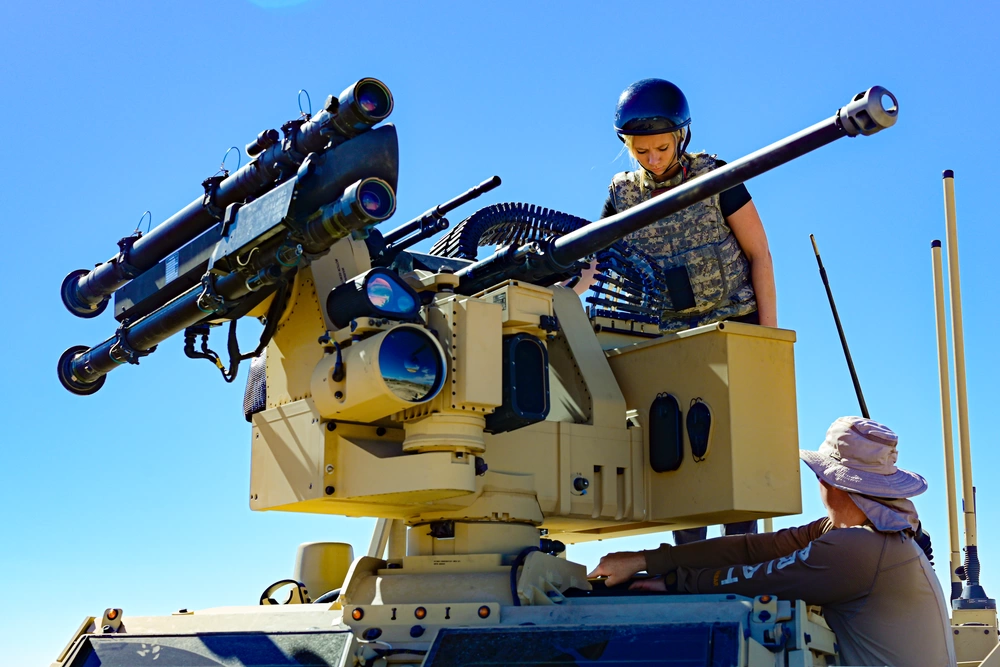
The MADIS Mk1 features a missile pod that holds four Stinger missile systems and is backed by a 30mm cannon.
This entire system is mounted onto the JLTV turret and is controlled electronically from inside the vehicle. A system of cameras and computers allows the gunner to take aim and engage threats as necessary. The Mk1 comes with an electronic countermeasure system that can disrupt enemy UASs, communications, and radio-controlled Improvised Explosive Devices.
When engaging a drone the MADIS Mk1 can sever the link to its controller, jam its video signal and communications, and even interrupt it’s weapons’ triggers.
The MADIS Mk2
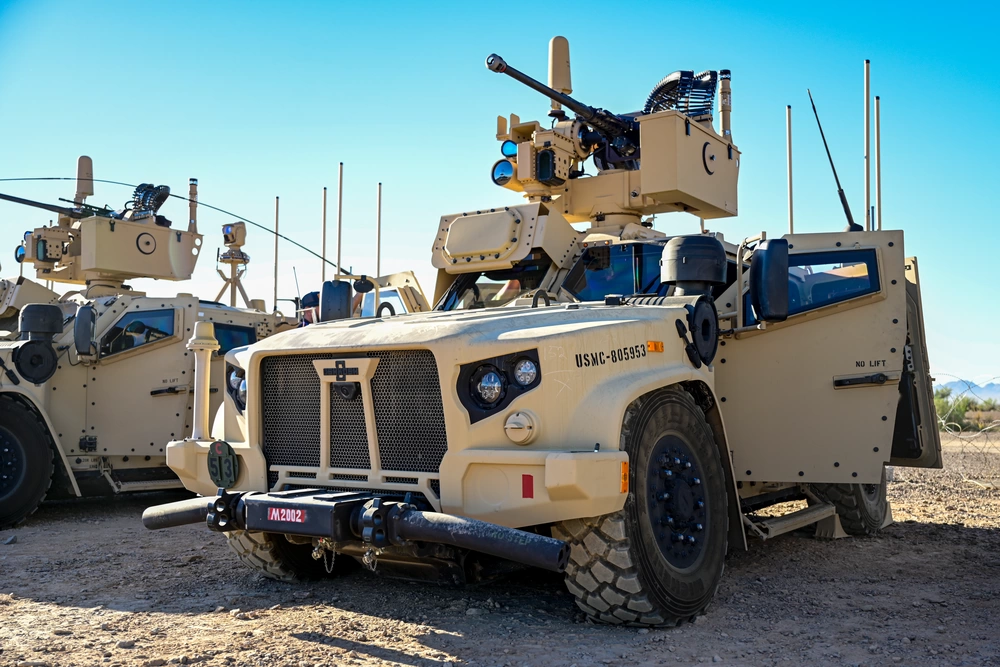
The MADIS Mk2 system’s main claim to fame is its RPS-42 radar. Developed by RADA Electronic Industries, the RPS-42 is capable of detecting off-the-shelf drones. These micro sized UAS threats have become very common on the modern battlefield, but are incredibly difficult to detect with regular radar systems. The RPS-42 can detect threats flying anywhere from 30 to 30,000 feet within a 30 kilometer radius.
The Mk2 will be able to link to other radar systems and share threat information providing superior situational awareness. The RPS-42 is backed by the same electronic warfare countermeasures used by the Mk1, so micro sized drones can be jammed and shut down.
Beyond that the Mk2 comes equipped with an M134 Mini gun. This is an electronically powered, six barrel machine gun that fires 7.62x51mm NATO. The M134 can fire at up to 6,000 rounds per minute increasing its chances of hitting small, fast moving targets.
The MADIS systems offer a highly mobile air-defense platform that will provide a layered defense to Marine Corps littoral forces in the Pacific.
Any island or littoral area Marines inhabit will be much better defended increasing the cost to the attacker.
Feature Image: U.S. Marines with 3d Littoral Anti-Air Battalion, 3d Marine Littoral Regiment, 3d Marine Division, load 7.62 rounds into an M240 medium machine gun on a Marine Air Defense Integrated System during the Integrated Air and Missile Defense event as a part of Exercise Balikatan 25, at Naval Station Leovigildo Gantioqui, Philippines, April 25, 2025. (U.S. Marine Corps photo by Cpl. Iyer P. Ramakrishna)
Read more from Sandboxx News
- Tour Pearl Harbor’s outdoor fighter exhibits with Sandboxx’s resident AirPower nerd Alex Hollings
- Why this new Marine Corps unit is training with autonomous narco-subs
- NATO can’t ignore the Russian military’s faster, more dangerous kill chain
- F-16s in Ukraine are putting in the work, according to Ukrainian pilot
- An encounter with St. Elmo’s fire before Operation Just Cause

